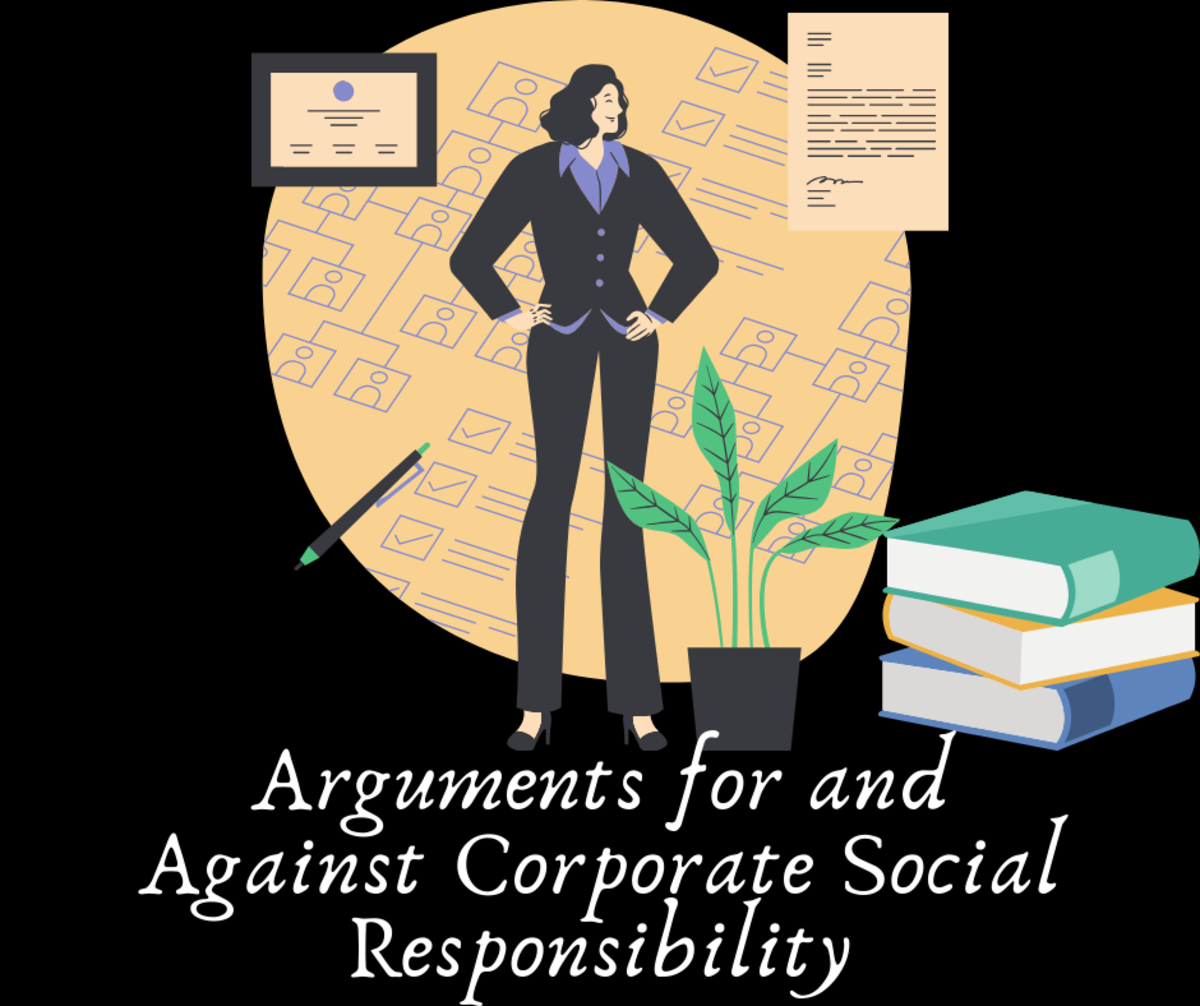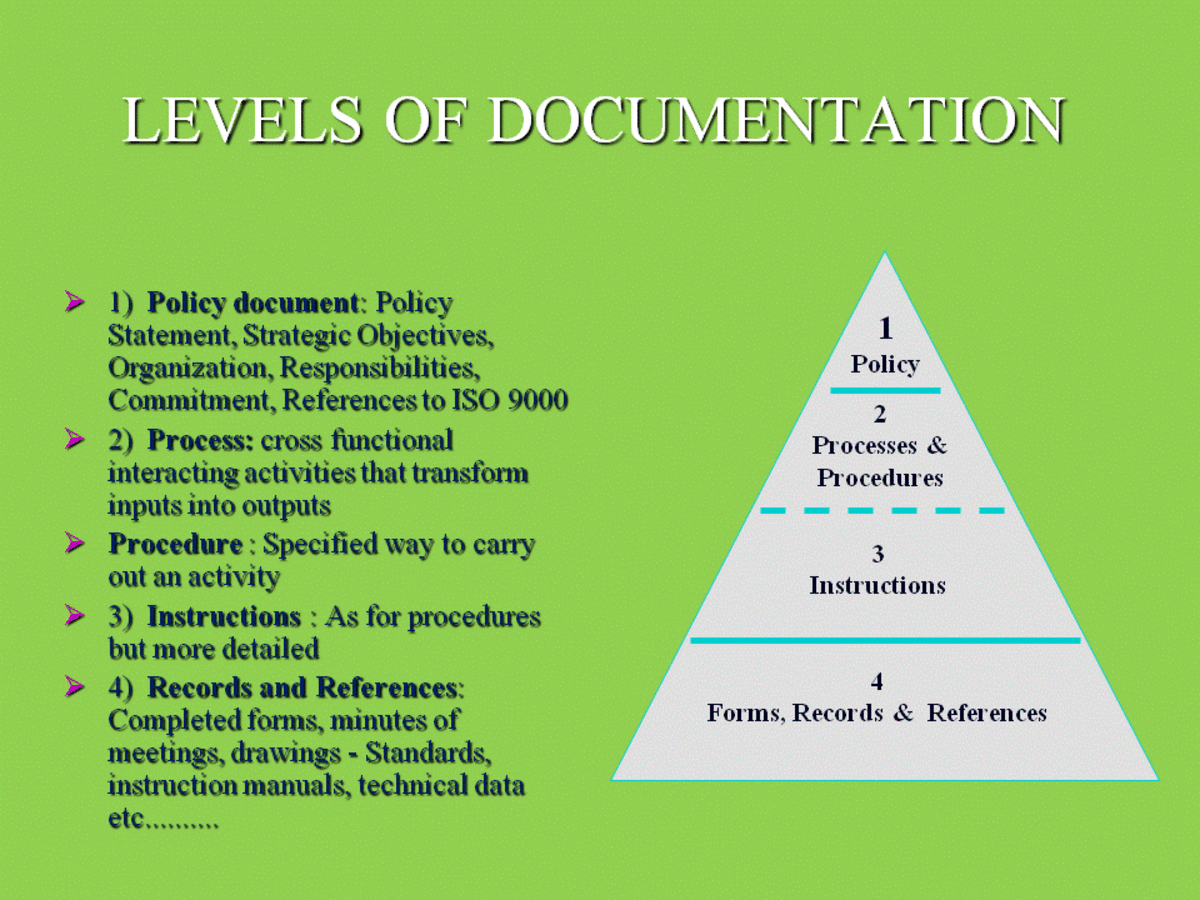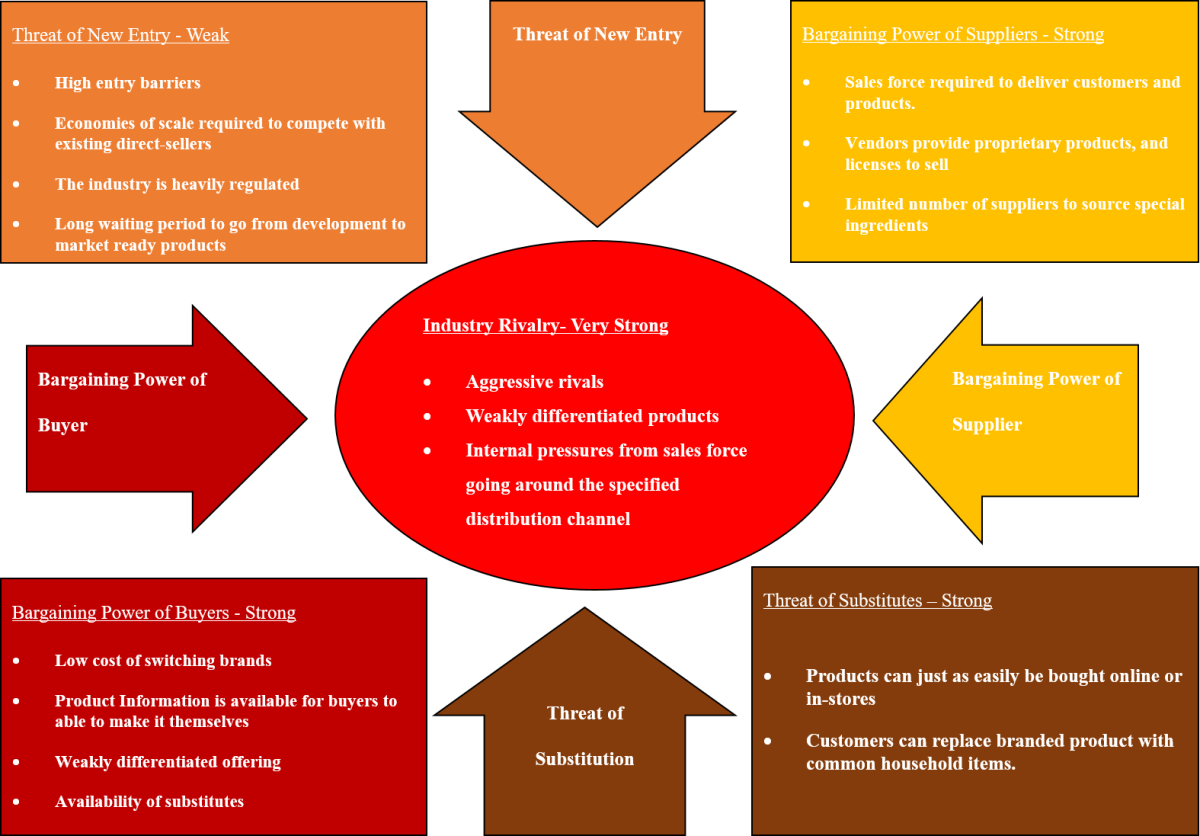An Introduction to ISO 26000
What Is ISO 26000?
ISO 26000 is often called the industry standard for social responsibility. However, ISO 26000 is not an official standard, nor is it a formal management system for quantifying and qualifying companies as "socially responsible". In contrast, ISO 14001 is a formal environmental management system.
ISO 26000, also called ISO SR, was first published in 2010. It was created by the ISO Working Group on Social Responsibility or WG SR.
Unlike many other ISO standards, it provides guidance on how businesses and non-profits can meet socially responsible metrics instead of set standards. This is because social responsibility metrics cannot truly be certified, though measures like diversity/affirmative action hiring and retention rates, unionization rates, the percentage of material that is recycled or percentage of material sourced locally can be measured. Furthermore, ISO 26000 or ISO SR gives a number of methods to improve sustainability, while making this equally important to financial profitability and social responsibility for a company or organization.
The intent of the ISO 26000 standard per its creators was to create a triple bottom line. While the basic bottom line is financial, the triple bottom line is financial, social and environmental.

An Overview of the ISO 26000 Key Principles
ISO 26000 lists Seven Key Principles for socially responsible behavior. The principles of ISO 26000 are accountability, ethical behavior, transparency, respect for stakeholder interests (like consumers and suppliers), a respect for rule of law of the nation you are working in, showing respect for international norms of behavior and, lastly, respect for human rights.
The first Key Principle, accountability, is defined as an organization being answerable to those affected by its activities as well as society. Transparency is defined is disclosing to a reasonable and sufficient degree the policies, activities and decisions for which it is responsible, including known and likely impacts. Ethical behavior is defined as acting with equity, integrity and honesty. Respect for stakeholder interests means respecting interests of owners, employees, customers and constituents. Respect for rule of law means applying with all laws and regulations where the organization is based.
Respect for international norms of behavior builds on this, stating that it should obey international norms for behavior like treating women equally or not paying bribes, even when local laws may make these things permissible. ISO 26000’s seventh Key Principle is respect for human rights. The general definition of human rights in ISO 26000 is treating all individuals with respect, though the ISO 26000 document calls for making special efforts to help those from vulnerable groups.
ISO 26000’s Seven Core Subjects
ISO 26000 says the Seven Core Subjects every group using ISO 26000 should take into consideration are organization governance, human rights, labor practices, the environment, fair operating practices, consumer issues and community involvement and development.
What Does the ISO 26000 Standard Say?
First and foremost, the ISO 26000 document states in Clause 1 that it is a guidance; it is not a set standard like other ISO standards.
ISO 26000 has over sixty pages of acronyms in Clause 2. For example, an SME is small and medium sized enterprise. An MGM is a market governance mechanism. An NSB is a National Standards Body. ISO 26000 uses the acronym SR for Social Responsibility, though Corporate Social Responsibility or CSR is more commonly used.
Clause 3 of ISO 26000 describes what social responsibility is, its history and factors in its development.
Clause 4 of ISO SR introduces the principles of social responsibility. These are the core subjects and key principles discussed above.
ISO 26000’s Clause 5 addresses stakeholder engagement and stakeholder identification. Section 5.3 talks about stakeholder engagement in particular.
The ISO 26000 standard clause 6.2 addresses organizational governance, and it is the shortest clause in the ISO SR standard. Section 6.3 overall tries to codify company policies and procedures with regards to human rights. Section 6.3.3 discusses how to perform due diligence as to not violate human rights.
ISO 26000 6.3.4 discusses human rights risk situations. ISO 26000 6.3.5 talks about avoiding complicity in human rights violations, while section 6.3.6 outlines how to resolve grievances regarding these rights. ISO 6.3.7 gives suggestions on handling discrimination and vulnerable groups, though this area is politically charged. ISO 26000 6.3.8 discusses civil and political rights. ISO 26000 section 6.3.9 discusses economic, social and cultural rights. Section 6.3.10 discusses fundamental rights at work.
ISO 26000 section 6.4 is the section on labor practices. For example, section 6.4.3 discusses employment and employment relationships. Section 6.4.4 outlines the conditions of work and social protection. Section 6.4.5 talks about social dialogue. Section 6.4.6 addresses health and safety at work, though this section is redundant with other ISO standards.
ISO 26000 6.5 discusses environmental sustainability. Section 6.5.3 of ISO 26000 says businesses must prevent pollution. Section 6.5.5 specifically addresses climate change mitigation and action. Section 6.5.6 calls for the protection of the environment, biodiversity and restoration of natural habitats.
Section 6.6 covers social responsibility and fair operating practices. For example, section 6.6.3 gives recommendations to avoid corruption. Section 6.6.4 discusses responsible political involvement. Section 6.6.5 discusses fair competition. Section 6.6.6 is about promoting social responsibility in the value chain. Section 6.6.7 discusses respect for property rights.
ISO 26000 section 6.7 focuses on consumer issues. For example, section 6.7.6 outlines recommendations for customer service, support and complaint resolution. ISO 26000 6.7.3 discusses fair marketing and contractual practices. Section 6.7.4 talks about protecting consumers’ health and safety. Section 6.7.5 delves into sustainable consumption. Section 6.7.7 discusses consumer data protection and privacy, which is redundant with ISO IT security standards. The section 6.7.8 addresses access to essential services. Section 6.7.9 focuses on education and awareness of consumers.
ISO 26000 part 6.8 discusses community involvement. ISO 26000 part 6.8.3 discusses community involvement in general, while 6.8.4 gives recommendations regarding education and culture. Section 6.8.5 discusses employment creation and skills development. Section 6.8.6 is about technology development and access. The next section takes on a socialist bent discussing wealth and income creation - this is in section 6.8.7. Section 6.8.8 discusses health of the community, separately from the safety of the workforce or consumers. Section 6.8.9 gives suggestions on social investment.
Clause 7 attempts to approach how social responsibility is integrated with an organization. Clause 7.3 calls for the use of due diligence to identify social, economic and environmental impacts. ISO 26000 Clause 7.5 says organizations should report their performance on social responsibility to stakeholders affected. It is recommended they have permanent two way communication with stakeholders. ISO 26000’s clause 7.6 says reports should be comparable over time and similar to reports by peer organizations.
Which Social Responsibility Standards Are Tied to ISO 26000?
ISO 26000 has been adopted as a national standard in over sixty countries. However, many nations have their own social responsibility standards, if not laws. One problem with ISO 26000 is that many national standards organizations have issued minimal requirements so that companies can be certified as meeting ISO 26000 – though these standards vary from nation to nation.
ISO 26000 defines social responsibility to include the environment; the ISO standards for environmental management are the ISO 14000 family of standards.
ISO 26000's sections on health, safety and consumer welfare are already addressed in many other ISO standards.








